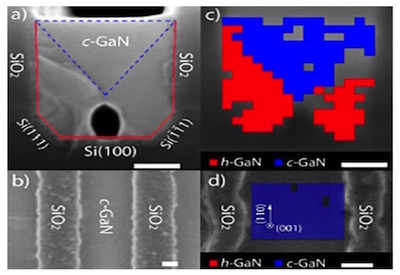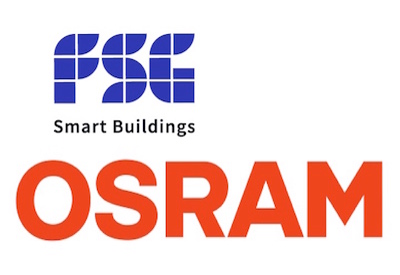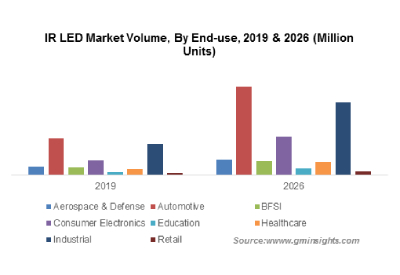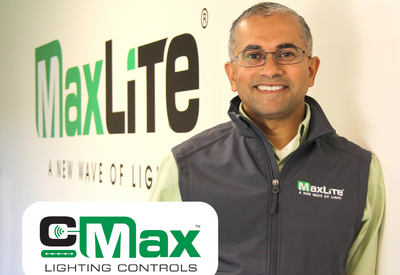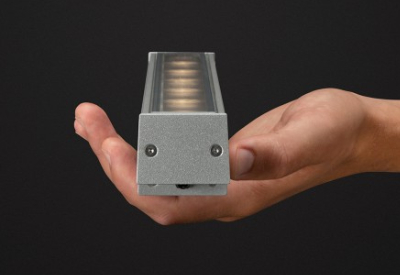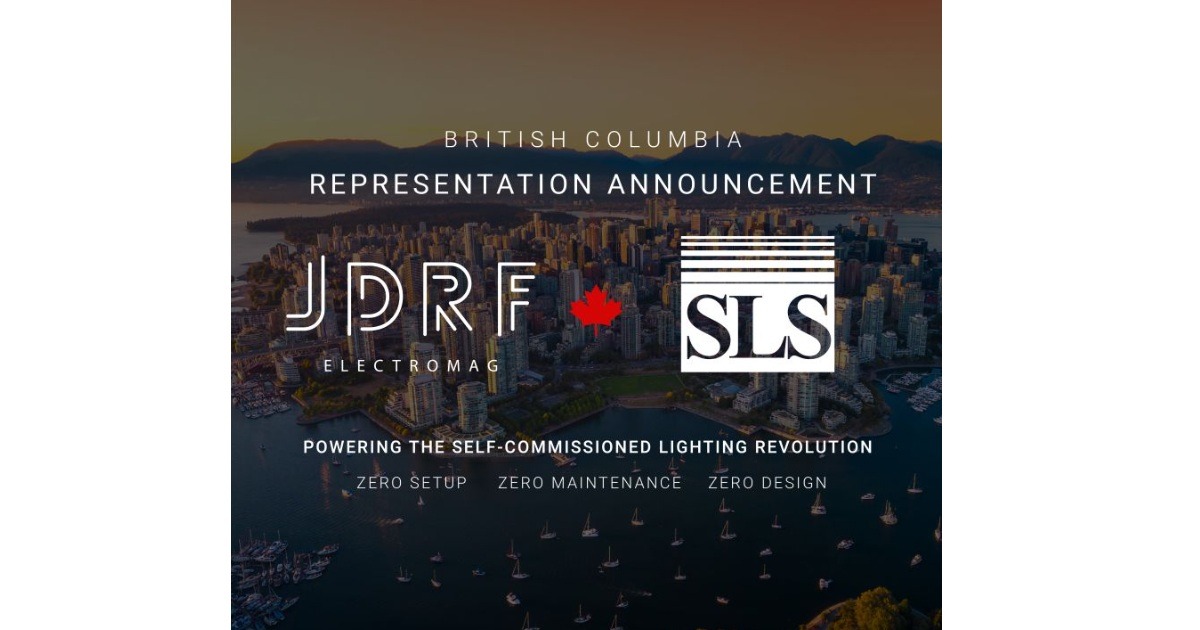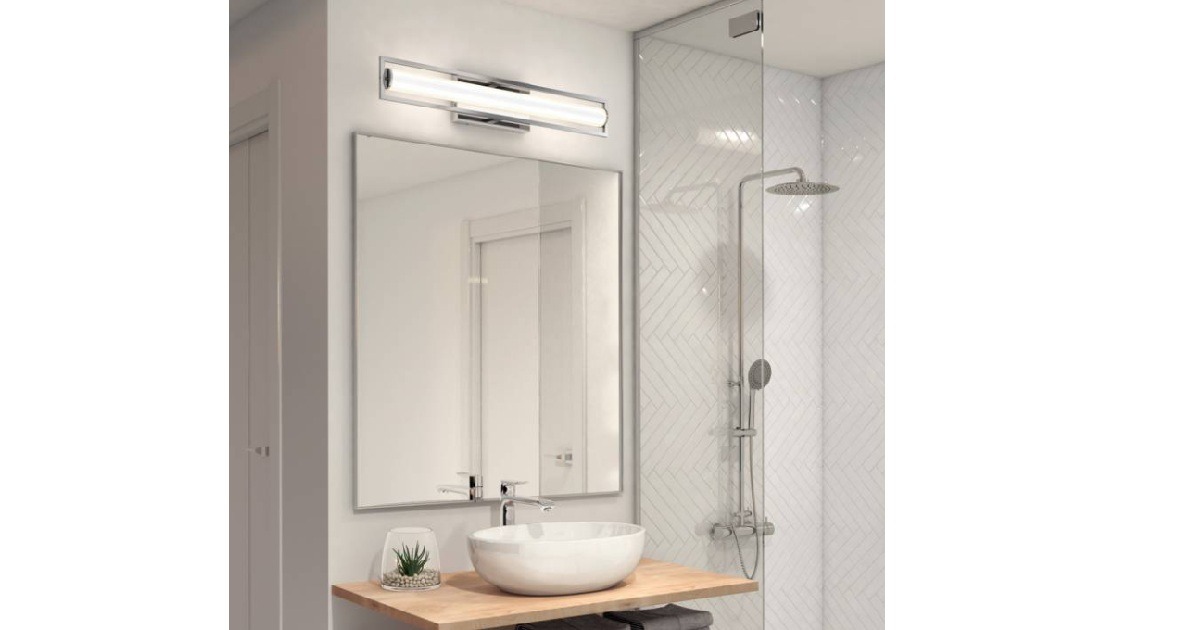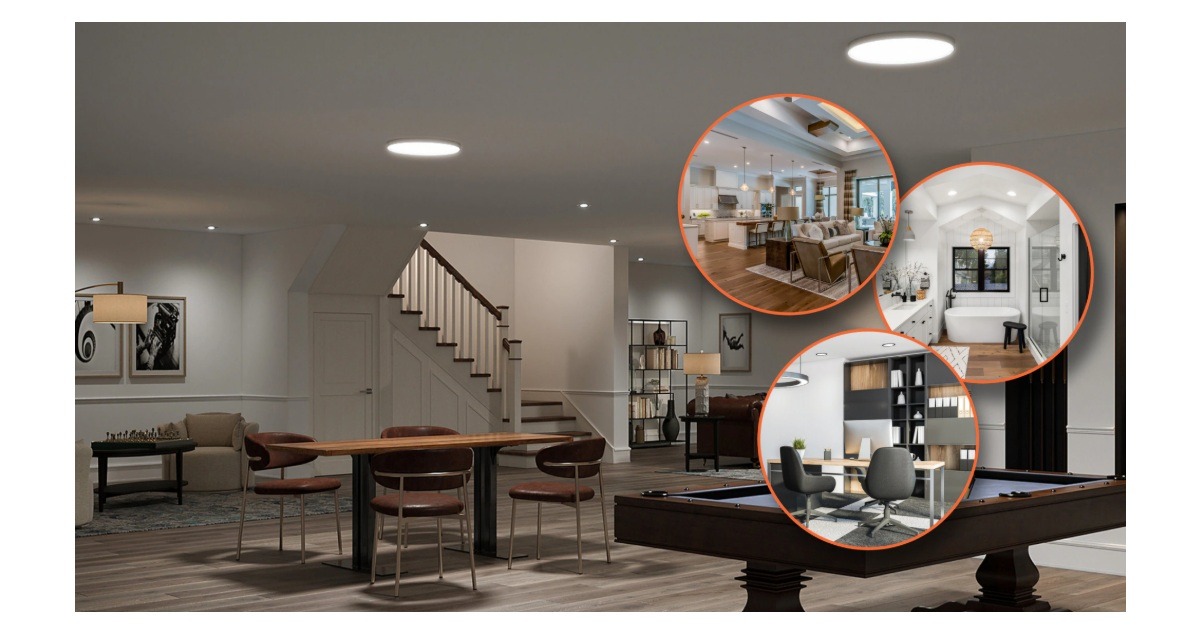The Anatomy of an IoT Lighting Solution
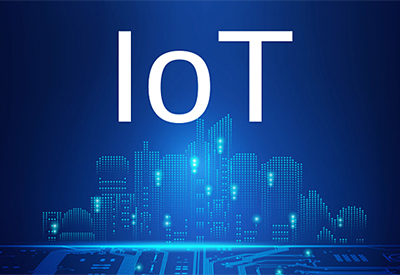
July 8, 2019
According to Navigant Research, global market revenue for IoT lighting is expected to grow from $651.1 million in 2017 to $4.5 billion in 2026. What is IoT lighting? According to Navigant, IoT lighting solutions in commercial buildings bring connectivity to devices that were previously not connected and provide data (where data was not available) through the connection. Connectivity and communication can happen between devices within the lighting system and between lighting devices and non-lighting devices.
IoT lighting is the added value beyond illumination that commercial spaces receive from intelligent lighting control systems. Commercial real estate owners and facility managers that use these systems have seen value beyond illumination in the form of great energy and cost savings. Today, data generation and analytics are growing as a close second to these benefits.
Originally designed for energy management using dimming or daylighting, connected lighting systems now provide data and the enabling infrastructure for IoT lighting applications that are based on analytics. Sensors embedded in luminaires are the catalysts in the evolution from intelligent lighting control systems to IoT Lighting solutions.
At a basic level, every IoT lighting solution includes the following functions and components:
Data Collection
Smart lighting systems create a data network infrastructure that captures quality data, at a granular level, that is meaningful and useful about a built space and environment.
Sensors, operating as standalone devices or embedded devices in luminaires and wallstations, collect data about the space and environment such as light level, air quality, occupancy, temperature, and more. Sensing, like lighting, is ubiquitous across the space and therefore provides granular levels of data about the space.
Connectivity and Communication
Most devices (luminaires, lighting control modules, lighting system manager) are wired for power, but how data is transmitted across the network between these devices can be wired or wireless. Wireless connectivity and communication is quickly gaining popularity because it reduces the additional cost and complexity associated with dedicated wiring for communications and allows you to place sensors and modules in areas where a wired communication may be too costly or complex to implement.
Edge Computing/Gateway
Massive amounts of data are collected from endpoints (fixture-integrated sensors and standalone sensors) and can put a strain on networks. It is much more efficient to pre-process data at the edge of the network, close to the endpoints, and then send only the data that has value to the cloud for storage and use in IoT applications.
The lighting system manager is an edge device that processes and distributes lighting control information to sensors, wallstations and control modules across the lighting system network. It also serves as a gateway between the sensors/IoT devices and the cloud platform.
Storage and Processing
IoT generates an enormous amount of data which needs to be stored and processed for it to be useful. Only cloud computing can store and process this volume of data and it can scale quickly.
The lighting system manager/gateway sends data to a cloud platform for storage. Application Programming Interfaces (APIs) are then used by authorized Software-as-a-Service (SaaS) partners to access that data. APIs are a set of clearly defined technical methods that allow two applications to talk to each other.
After accessing data from the Cloud, Smart Building application SaaS providers use sophisticated data science and machine-learning algorithms to process the data into workspace insights that can be used to increase efficiency, boost productivity, improve health and safety, create better experiences, and more. Examples of smart building applications for commercial real estate include space optimization, conference room rationalization, wayfinding and asset tracking.
User Interface
A dashboard is the primary user interface that provides an easy way to understand complex data. It provides insight about a space and how it is being used by displaying key performance indicators (KPIs) in an easy-to-understand graphical user interface (GUI). This insight can be used in several ways– either to make an informed business decision, or to automatically trigger a notification to another connected device instructing it to take an action.
It’s All About the Data
IoT applications are only as valuable as the data they are based on. Lighting Iot is the perfect platform for smart building applications because the data captured is simply more granular than other methods of data acquisition within a building. Many smart building IoT applications require granular data for accurate, real-time data analytics and insights.
Lighting IoT delivers unprecedented transparency and control into the operations and usage of a building. It brings connectivity to devices that were previously not connected and provides data where data previously was not available. This opens up the possibility of exciting new smart building applications.

